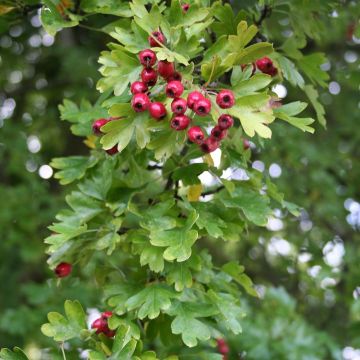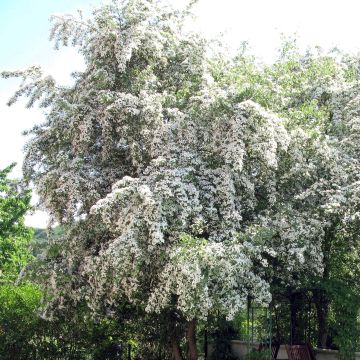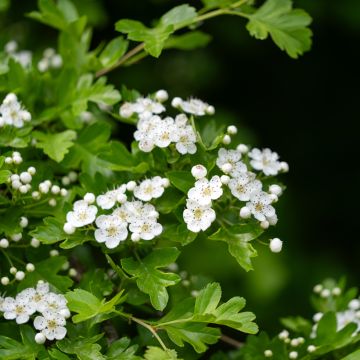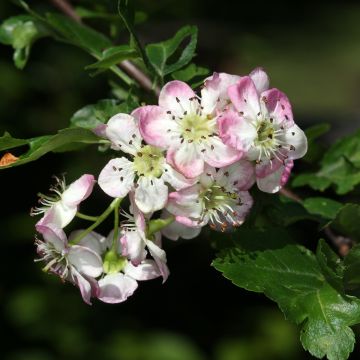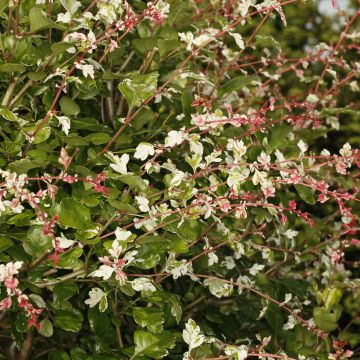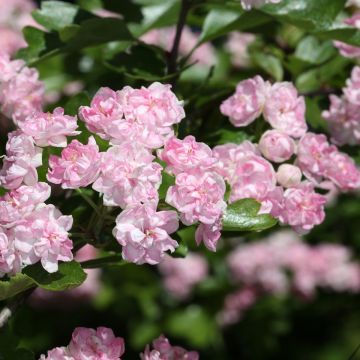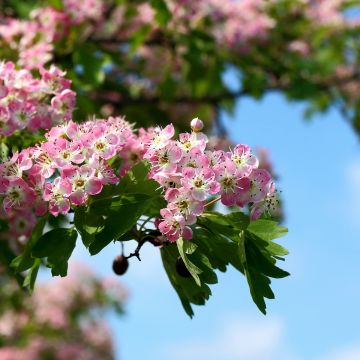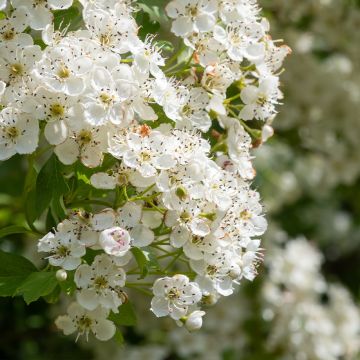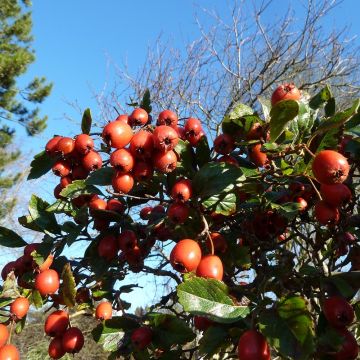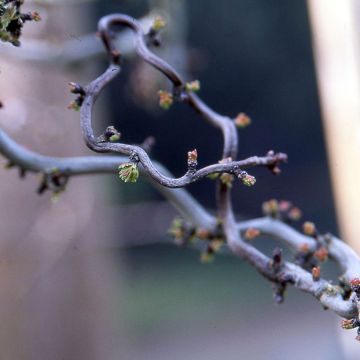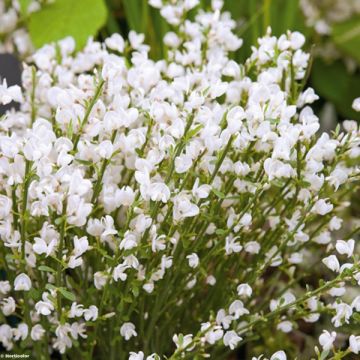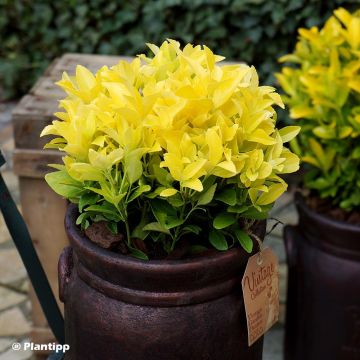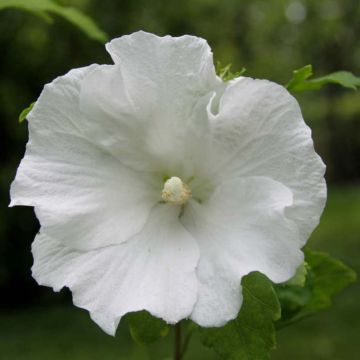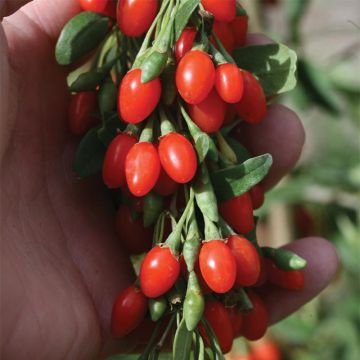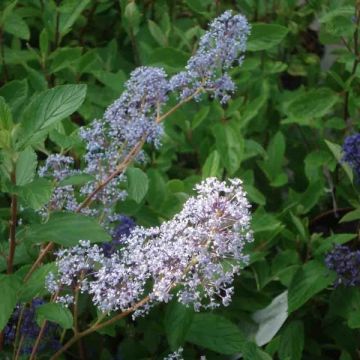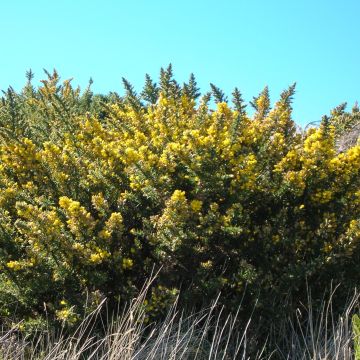

Crataegus chlorosarca Variegata - Hawthorn
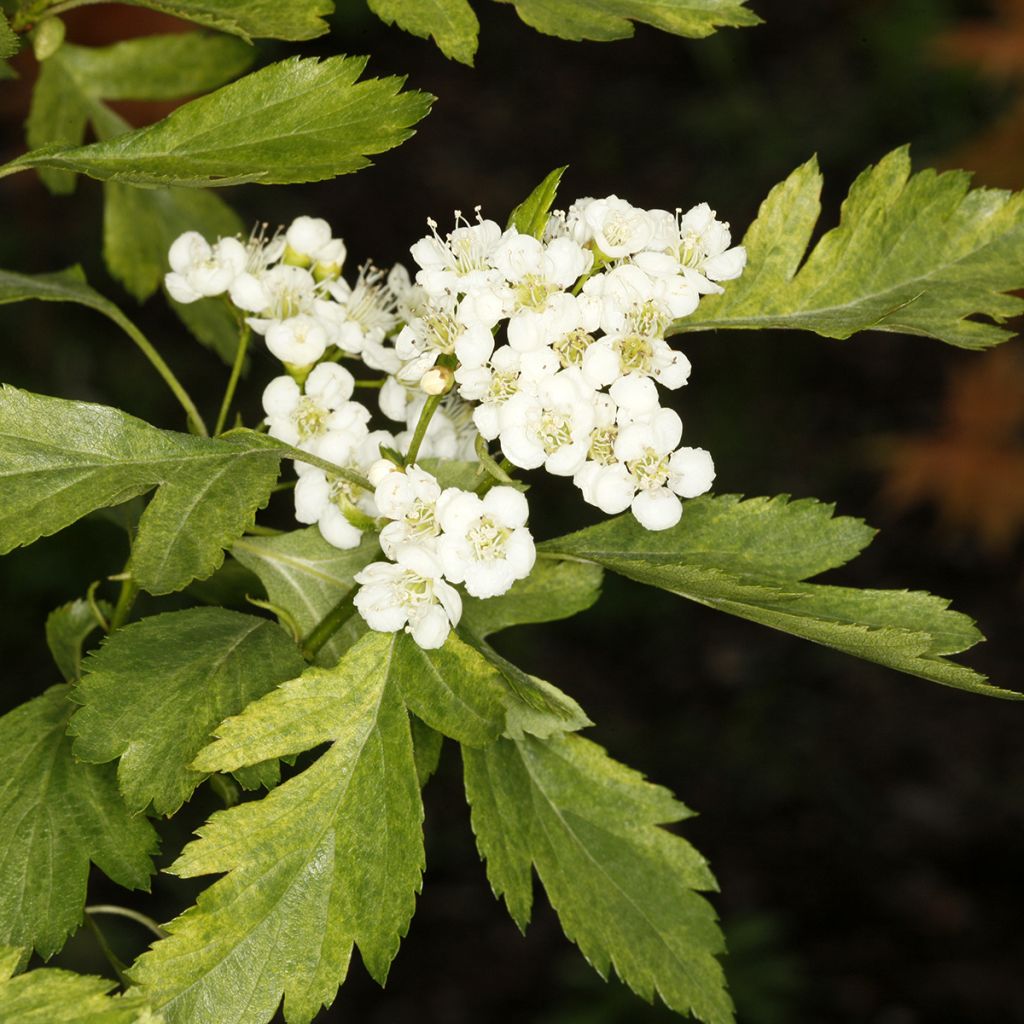

Crataegus chlorosarca Variegata - Hawthorn
Crataegus chlorosarca Variegata - Hawthorn
Crataegus chlorosarca Variegata
Hawthorn
Special offer!
Receive a €20 voucher for any order over €90 (excluding delivery costs, credit notes, and plastic-free options)!
1- Add your favorite plants to your cart.
2- Once you have reached €90, confirm your order (you can even choose the delivery date!).
3- As soon as your order is shipped, you will receive an email containing your voucher code, valid for 3 months (90 days).
Your voucher is unique and can only be used once, for any order with a minimum value of €20, excluding delivery costs.
Can be combined with other current offers, non-divisible and non-refundable.
Why not try an alternative variety in stock?
View all →This plant carries a 24 months recovery warranty
More information
We guarantee the quality of our plants for a full growing cycle, and will replace at our expense any plant that fails to recover under normal climatic and planting conditions.
Would this plant suit my garden?
Set up your Plantfit profile →
Description
The Crataegus chlorosarca 'Variegata' is a variety of Asian hawthorn that stands out for its finely and densely speckled yellow foliage. It is more often considered as a form with yellowish leaves, as the "variegation" is only visible up close. It is a small, deciduous, hardy and undemanding tree with a spring flowering, white and melliferous, whose small berries turn black when ripe. Its bright foliage will be welcome in a hedge or grove.
The Crataegus chlorosarca 'Variegata' is a horticultural selection. The typical species, with green leaves, is native to East Asia, particularly Manchuria and Japan: it is sometimes called Crataegus mandshurica. This hawthorn is characterised by very dark-coloured branches at the end of the season and shallowly lobed, dark green leaves with toothed edges, diamond-shaped, somewhat resembling those of certain maples. This species is also recognised by its sparsely thorny stems and large black buds that are clearly visible in autumn.
The 'Variegata' form was selected for the uniqueness of its yellow-speckled foliage. It is moderately fast-growing and forms a small tree with a conical to pyramidal habit that can reach a height of 4 to 6 m and a spread of about 3 m. Its young stems are stout, warty-looking, slightly hairy, and then become very dark in autumn. The foliage is deciduous, it develops in spring and falls in autumn. The branches have few or no thorns. They are very short, measuring 1 cm to 1.5 cm long. The leaves measure 5 to 10 cm long, with 4 to 5 pairs of short and wide lobes, finely toothed at the edges. The lamina is densely and finely speckled with yellow, giving it an overall light yellow colour. Older leaves are slightly greener. Flowering occurs in May, more or less early depending on the climate. The white flowers, measuring up to 1.5 cm in diameter, are gathered in umbels of 5 to 8 cm in diameter. After pollination by bees, spherical fruits form, 1 cm in diameter, initially red and turning almost black when ripe. They are inedible for humans, but highly appreciated by birds.
The Crataegus chlorosarca 'Variegata' is a very robust tree and highly resistant to cold. It adapts to a wide range of soils as long as they are well-drained. It only fears excessively dry, sandy, or wet soils. A sunny exposure will suit it perfectly, and a balanced pruning in February will be sufficient. With its moderate growth, this hawthorn integrates well into many gardens, whether as a standalone tree, in a free hedge, or in a grove. Resistant to pollution, it is an excellent choice for urban gardens. It can be planted in an ecological hedge, with ornamental apple trees, cotoneasters, wild pear tree, quince tree, or European spindle, for example. This small tree will provide shelter and food for many insects, birds, and small mammals.
Report an error about the product description
Crataegus chlorosarca Variegata - Hawthorn in pictures


Plant habit
Flowering
Foliage
Botanical data
Crataegus
chlorosarca
Variegata
Rosaceae
Hawthorn
East Asia
Other Hawthorn Crataegus
View all →Planting and care
The Crataegus chlorosarca Variegata is preferably planted in autumn in any well-drained soil, even limestone, in a sunny or semi-shaded location. It only fears excessively wet or sandy soils, as well as excessively arid climates.
The Asian hawthorn can be affected by caterpillars, aphids, root rot, rust, and powdery mildew. This species is very susceptible to foliar spot diseases and defoliating caterpillars, and is also sensitive to phytophthora, leaf curl, downy mildew, grey mould, and nematodes. It is moderately sensitive to fire blight, which can be a hindrance to planting it near apple and pear orchards.
Not demanding, this small tree will be satisfied with a balanced pruning. In May (after flowering) or in January-February, prune by removing rebellious or tangled stems that compromise the tree's proper habit. Trim overly long branches to maintain a harmonious habit.
Planting period
Intended location
Care
This item has not been reviewed yet - be the first to leave a review about it.
Similar products
Haven't found what you were looking for?
Hardiness is the lowest winter temperature a plant can endure without suffering serious damage or even dying. However, hardiness is affected by location (a sheltered area, such as a patio), protection (winter cover) and soil type (hardiness is improved by well-drained soil).

Photo Sharing Terms & Conditions
In order to encourage gardeners to interact and share their experiences, Promesse de fleurs offers various media enabling content to be uploaded onto its Site - in particular via the ‘Photo sharing’ module.
The User agrees to refrain from:
- Posting any content that is illegal, prejudicial, insulting, racist, inciteful to hatred, revisionist, contrary to public decency, that infringes on privacy or on the privacy rights of third parties, in particular the publicity rights of persons and goods, intellectual property rights, or the right to privacy.
- Submitting content on behalf of a third party;
- Impersonate the identity of a third party and/or publish any personal information about a third party;
In general, the User undertakes to refrain from any unethical behaviour.
All Content (in particular text, comments, files, images, photos, videos, creative works, etc.), which may be subject to property or intellectual property rights, image or other private rights, shall remain the property of the User, subject to the limited rights granted by the terms of the licence granted by Promesse de fleurs as stated below. Users are at liberty to publish or not to publish such Content on the Site, notably via the ‘Photo Sharing’ facility, and accept that this Content shall be made public and freely accessible, notably on the Internet.
Users further acknowledge, undertake to have ,and guarantee that they hold all necessary rights and permissions to publish such material on the Site, in particular with regard to the legislation in force pertaining to any privacy, property, intellectual property, image, or contractual rights, or rights of any other nature. By publishing such Content on the Site, Users acknowledge accepting full liability as publishers of the Content within the meaning of the law, and grant Promesse de fleurs, free of charge, an inclusive, worldwide licence for the said Content for the entire duration of its publication, including all reproduction, representation, up/downloading, displaying, performing, transmission, and storage rights.
Users also grant permission for their name to be linked to the Content and accept that this link may not always be made available.
By engaging in posting material, Users consent to their Content becoming automatically accessible on the Internet, in particular on other sites and/or blogs and/or web pages of the Promesse de fleurs site, including in particular social pages and the Promesse de fleurs catalogue.
Users may secure the removal of entrusted content free of charge by issuing a simple request via our contact form.
The flowering period indicated on our website applies to countries and regions located in USDA zone 8 (France, the United Kingdom, Ireland, the Netherlands, etc.)
It will vary according to where you live:
- In zones 9 to 10 (Italy, Spain, Greece, etc.), flowering will occur about 2 to 4 weeks earlier.
- In zones 6 to 7 (Germany, Poland, Slovenia, and lower mountainous regions), flowering will be delayed by 2 to 3 weeks.
- In zone 5 (Central Europe, Scandinavia), blooming will be delayed by 3 to 5 weeks.
In temperate climates, pruning of spring-flowering shrubs (forsythia, spireas, etc.) should be done just after flowering.
Pruning of summer-flowering shrubs (Indian Lilac, Perovskia, etc.) can be done in winter or spring.
In cold regions as well as with frost-sensitive plants, avoid pruning too early when severe frosts may still occur.
The planting period indicated on our website applies to countries and regions located in USDA zone 8 (France, United Kingdom, Ireland, Netherlands).
It will vary according to where you live:
- In Mediterranean zones (Marseille, Madrid, Milan, etc.), autumn and winter are the best planting periods.
- In continental zones (Strasbourg, Munich, Vienna, etc.), delay planting by 2 to 3 weeks in spring and bring it forward by 2 to 4 weeks in autumn.
- In mountainous regions (the Alps, Pyrenees, Carpathians, etc.), it is best to plant in late spring (May-June) or late summer (August-September).
The harvesting period indicated on our website applies to countries and regions in USDA zone 8 (France, England, Ireland, the Netherlands).
In colder areas (Scandinavia, Poland, Austria...) fruit and vegetable harvests are likely to be delayed by 3-4 weeks.
In warmer areas (Italy, Spain, Greece, etc.), harvesting will probably take place earlier, depending on weather conditions.
The sowing periods indicated on our website apply to countries and regions within USDA Zone 8 (France, UK, Ireland, Netherlands).
In colder areas (Scandinavia, Poland, Austria...), delay any outdoor sowing by 3-4 weeks, or sow under glass.
In warmer climes (Italy, Spain, Greece, etc.), bring outdoor sowing forward by a few weeks.































